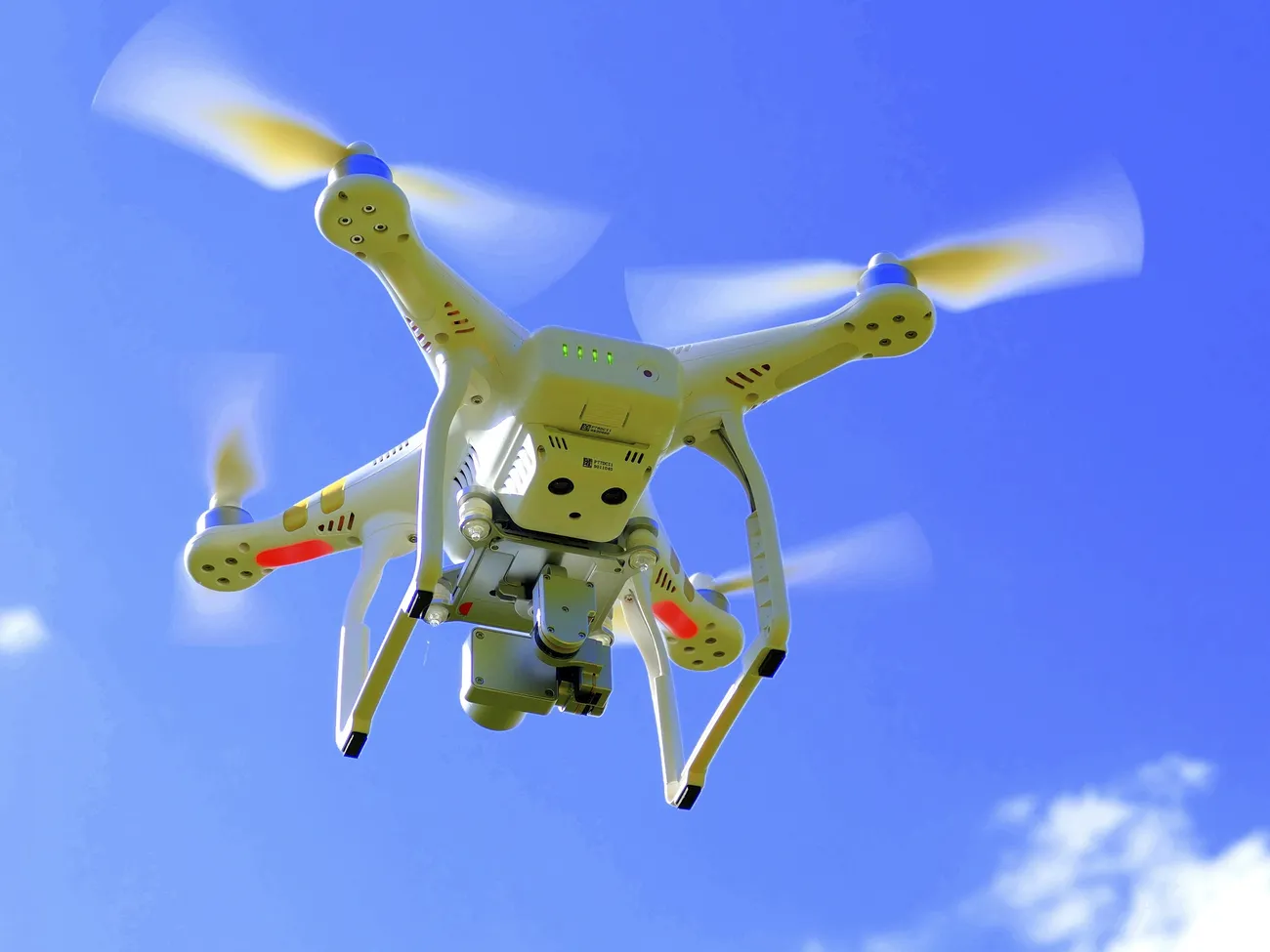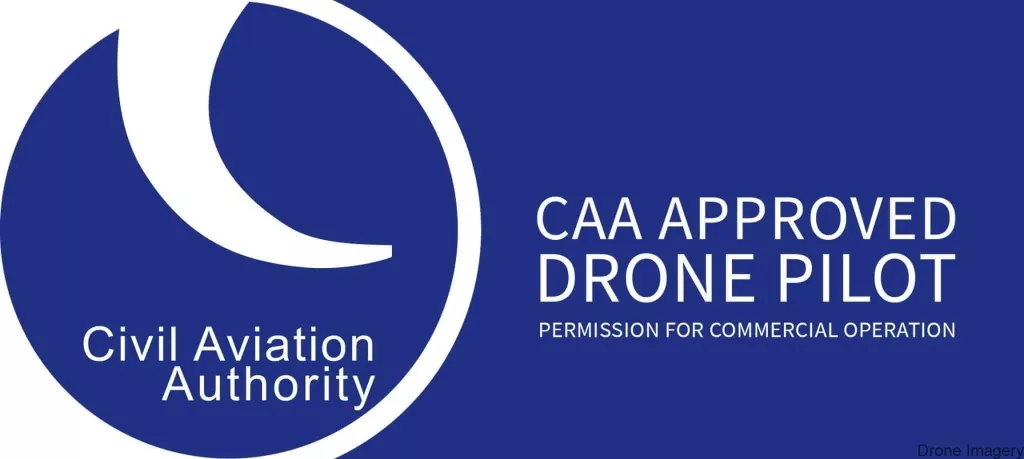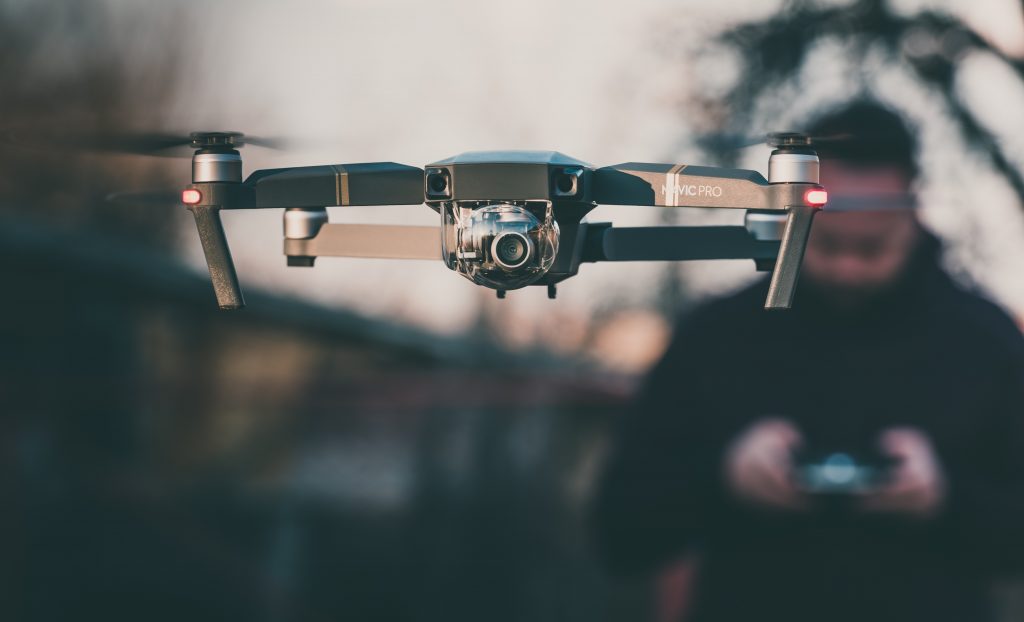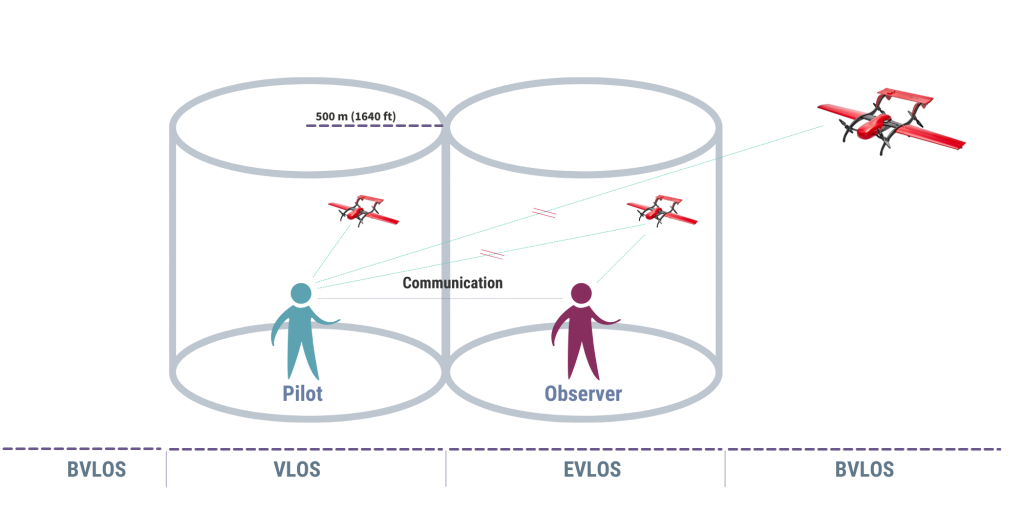
How To Get A Drone License: U.K. Version
Getting your drone license is critical if you want to stay on the right side of the law while having a tremendous amount of fun. This is true in just about every country that has advanced airspace regulation, which of course includes the U.K.
Some of you may have read the U.S. / FAA version of this article and wondered: What about my side of the pond?
Well fear not, brave islanders! We’re about to take a deep dive into the U.K.’s drone registration and identification system, what you need to know about no-fly zones, and generally what responsible drone users need to learn in order to become a member of the piloting community in good standing.
So let’s talk about how to get a drone license in the U.K.!

What In The Heck Is A Drone Category?
If you’ve ever visited the Civil Aviation Authority’s drone website, you may notice that they almost immediately start talking about your ‘flying category’. Like the U.S., which has recreational and commercial categories, the U.K. is specific about the function of the drone and the pilot – at least as far as licensing is concerned.
There are three flying categories that are relevant in 2022 and beyond, which we’ll cover in the next few sections.

How To Get A Drone License In the U.K.’s Open Category
The Open Category is intended for casual flyers. You won’t need specific CAA authorisation to operate your drone in this category, as long as you’ve complied with the following rules.
- You will only use your drone for non-commercial activity (some work functions, particularly indoor/warehouse use, may be an exception).
- You must pass the online test and hold a Flyer-ID.
- You must register as a UAS operator, and display your Operator ID on your UAS.
- You must fly your UAS in a safe manner.
- You must make sure that you are not breaking any privacy laws.
- You must keep the UAS in your Visual Line Of Sight (VLOS) at all times while it is flying.
- You must not endanger anyone or anything with your UAS.
- You must not fly more than 120m above the ground.
- You must not fly within the Flight Restriction Zone of a protected aerodrome.
- Your UAS must weigh less than 25kg.
Starting in 2023, the Open Category will have three subcategories: A1 will be for smaller drones flying above people, A2 will be for smaller drones flying close to people (and will require an additional Certificate of Competency), and A3 will be for the bigger models, which should only be operated away from population centers and crowds.
As you can see, the Open Category is for line of sight flight only, so no remote camera flying, no aerobatics that would break line of sight, and no dusk or night flying. To do any of that, you’re going to need to look at the more advanced licenses.
Let’s look at the next step up: The Specific Category.
How To Get A Drone License In the U.K.’s Specific Category
So you want to fly with the big dogs? Well, dogs don’t have wings and they aren’t very aerodynamic. But let’s see what we can do.
The Specific Category covers ‘extended risk operations’. This is where you get into exceptions to normal ‘low risk’ flight.
For example, you’ll want a Specific Category license if you’re using tools to extend your visual monitoring of a drone (EVLOS). Or if you are making use of camera operated and other technical monitoring tools (BVLOS). Or if you’re using proper lighting and procedures in order to perform dusk and night flying.
The Specific Category of drone license also covers most commercial use… and when you see what’s involved, you’ll understand why. To fly within the Specific Category you must:
- Apply for operational authorisation online, which includes most of the following steps.
- Read and understand the drone operations manual.
- Outline your drone’s use case in a series of scenarios and risk assessments.
- Train with and pass an assessment by a certified remote pilot assessment entity (RAE).
- In many use cases, get your General VLOS Certificate (GVC) with help of your RAE.
- In rare use cases (surveillance, coastal environmental studies, etc.), get approval from the MAA.
- Get clearance and approval for your drone flights.
- Request appropriate airspace access if special permission is required.
Seem complex? It is at first. The Specific Category is the step between a recreational drone operator and a full blown certified remote operator. So it has some of the responsibilities of airplane pilots, but some of the restrictions of recreational pilots.

How To Get A Drone License In the U.K.’s Certified Category
So you want to become licensed at the highest possible level of drone flight in the U.K.?
Too bad!
Because as of mid 2022, the standards and requirements for how to get a drone license in the U.K. at the Certified level are still in development.
But expect it to be almost as difficult to get as a manned aircraft license, and in some flight aspects possibly even moreso. Imagine trying to fly a small plane without any of the ‘feel’. Add on a bit of network lag to further impact your reaction time. That’s the Certified Category experience.
It Ain’t Cheap
As of 2022, the entire Specific Category licensing process will usually run you between £400 and £900, depending on whether or not you want (or need) your GVC training course and license. A good training cost calculator can be found here.
And of course there’s the cost of the drone itself, batteries, parts, and charging. Even at the recreational level within the Open Category, it’s not exactly a cheap hobby. I shudder to think what a Certified Category license would cost, nevermind the insurance that would almost assuredly be required for such gear and activities.
Our best advice is to calculate both the time and the cash investment involved before you buy your first drone. And understand the restrictions imposed at each Category level. Know exactly what you’re getting into beforehand, and there will be less room for disappointment, and more room for joy and wonder.